Let’s Set the Record Straight: Old Scars Can Improve
Whether it’s from surgery, an accident, or a childhood mishap, most people think once a scar has "set in," there’s no point in trying to change it. But here’s the truth: mature scars are still biologically active and can be improved—often significantly—with the right care.
Scars are the body’s way of closing wounds quickly, but over time, the collagen that forms scar tissue continues to reorganize and remodel for months—even years. That means your skin is still responsive to change, no matter how long ago your scar appeared.
What Works for Older Scars?
1. Topical Silicone—The Gold Standard
If you’ve been wondering what dermatologists and surgeons recommend first for scars of any age, it’s silicone—hands down.
-
Proven Benefits: Clinical studies show silicone gels and sheets reduce scar thickness, soften texture, improve color, and increase elasticity—even for scars decades old (Westra et al., 2016), (Wang et al., 2020).
-
Mechanism: Silicone hydrates the scar, helps regulate fibroblast activity, and creates a semi-occlusive barrier to normalize collagen overproduction (Bleasdale et al., 2015).
Rejuvaskin Tip: Try our Scar Esthetique Silicone Scar Cream for a nourishing, multi-ingredient formula with Vitamin C, peptides, and botanicals. Or go with Rejuvasil Silicone Scar Gel for a lightweight, invisible solution you can wear confidently all day.
2. Combination Therapy Works Better
If you want faster or more dramatic results, pairing treatments is the way to go.
-
Silicone + Compression: Using silicone sheets with light pressure helps flatten thick scars more effectively than either alone (Klopp et al., 2000).
-
Silicone + Microneedling: For textured or raised scars, microneedling plus silicone application significantly improved scar thickness and color over using either treatment alone (Fabbrocini et al., 2016).
3. Longevity Doesn’t Mean “Untreatable”
One study included scars up to 62 years old—and still saw meaningful improvements in color, elasticity, and texture after silicone sheet application (Westra et al., 2016).
This proves it's never too late to start scar care.
The Rejuvaskin Routine: How to Treat Your Older Scar
-
Clean and prep your skin—dry completely.
-
Apply RejuvaSil or Scar Esthetique twice daily, massaging gently into the scar.
-
Stay consistent for at least 8–12 weeks. Results build over time.
-
Optional: Pair with compression wraps or discuss microneedling/laser options with a skincare professional.
Why Choose Rejuvaskin?
Unlike overhyped drugstore options or costly procedures, Rejuvaskin delivers:
-
Clinically studied ingredients trusted by plastic surgeons and dermatologists
-
Gentle, non-irritating formulas ideal for sensitive skin or post-surgical use
-
Visible results backed by science—not just marketing hype
Our formulas were developed with your confidence in mind—because every scar has a story, but that doesn’t mean it has to stay visible forever.
Old scars aren’t permanent—they’re just waiting for the right care. Backed by leading clinical studies, Rejuvaskin’s scar care solutions can help you reclaim smoother, more even skin—even years later.
Start your journey today—it’s never too late for scar care.
Works Cited
-
Bleasdale, B., Finnegan, S., Murray, K., Kelly, S., & Percival, S. (2015). The use of silicone adhesives for scar reduction. Advances in Wound Care, 4(7), 422–430.
-
Fabbrocini, G., et al. (2016). Assessment of the combined efficacy of needling and the use of silicone gel. Advances in Skin & Wound Care, 29, 408–411.
-
Klöpp, R., et al. (2000). Effect of four treatment variants on mature scars. Journal of Wound Care, 9(7), 319–324.
-
Wang, F., et al. (2020). Efficacy of topical silicone gel in scar management: A systematic review and meta-analysis. International Wound Journal, 17, 765–773.
-
Westra, I., Pham, H., & Niessen, F. (2016). Topical silicone sheet application in the treatment of hypertrophic scars and keloids. The Journal of Clinical and Aesthetic Dermatology, 9(10), 28–35.
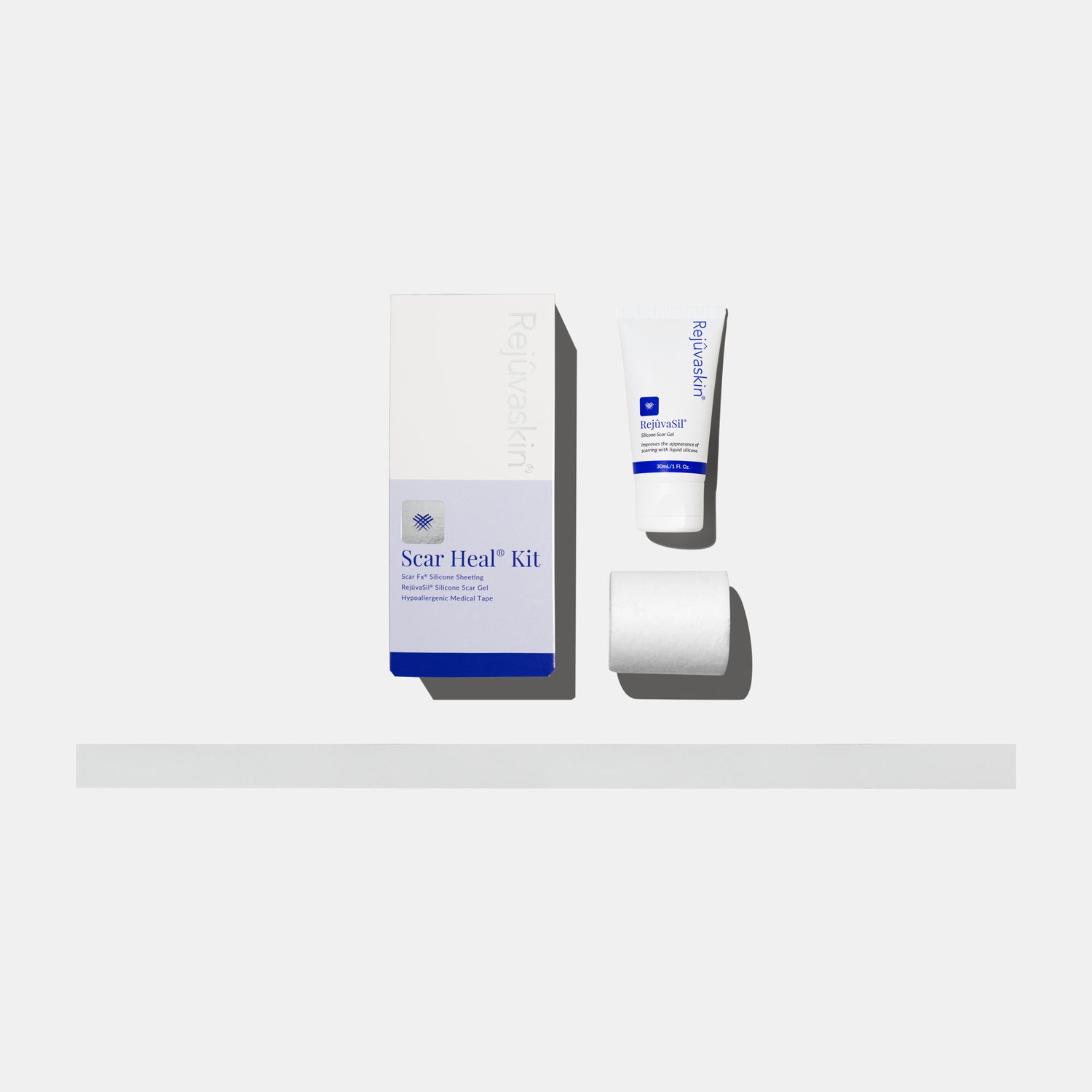


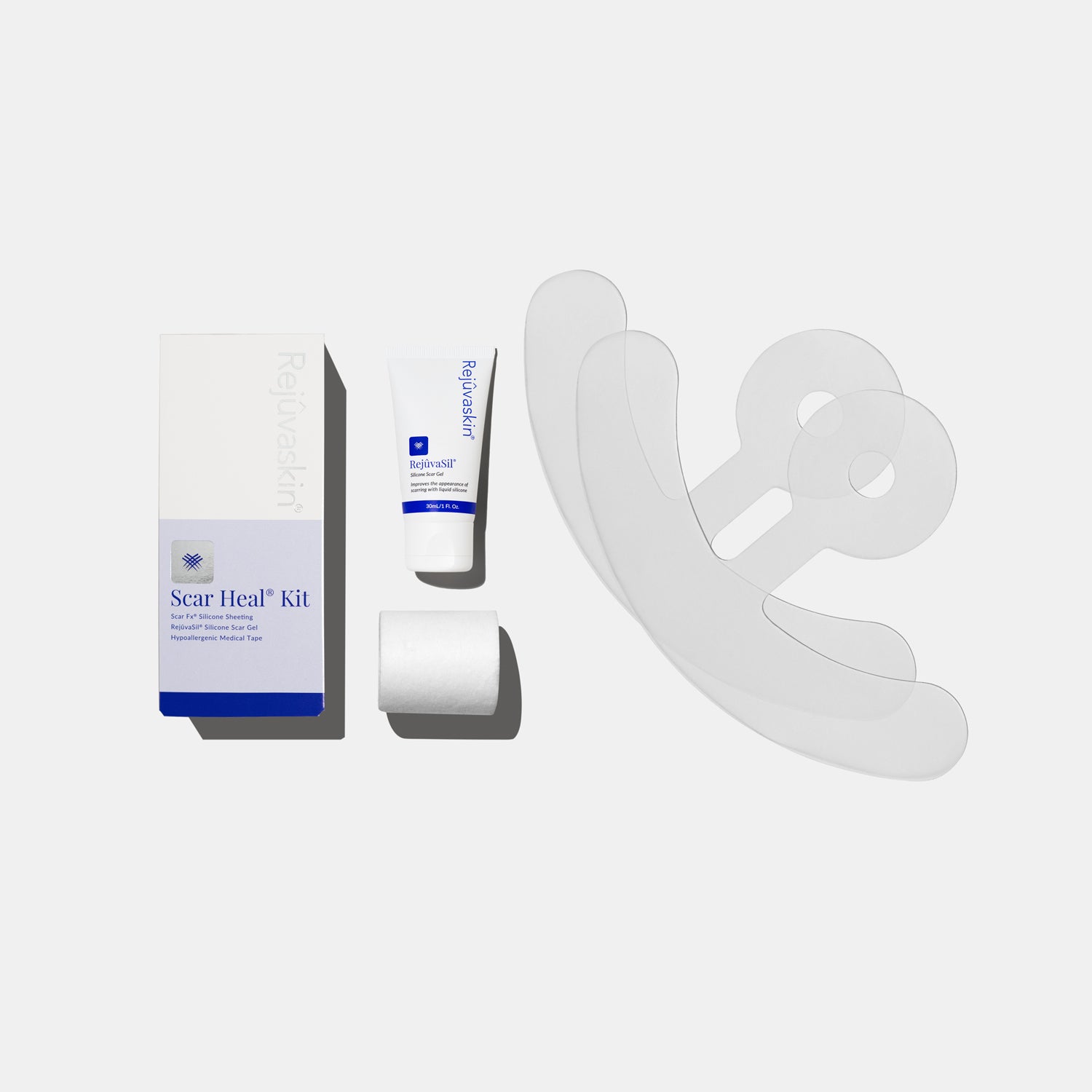
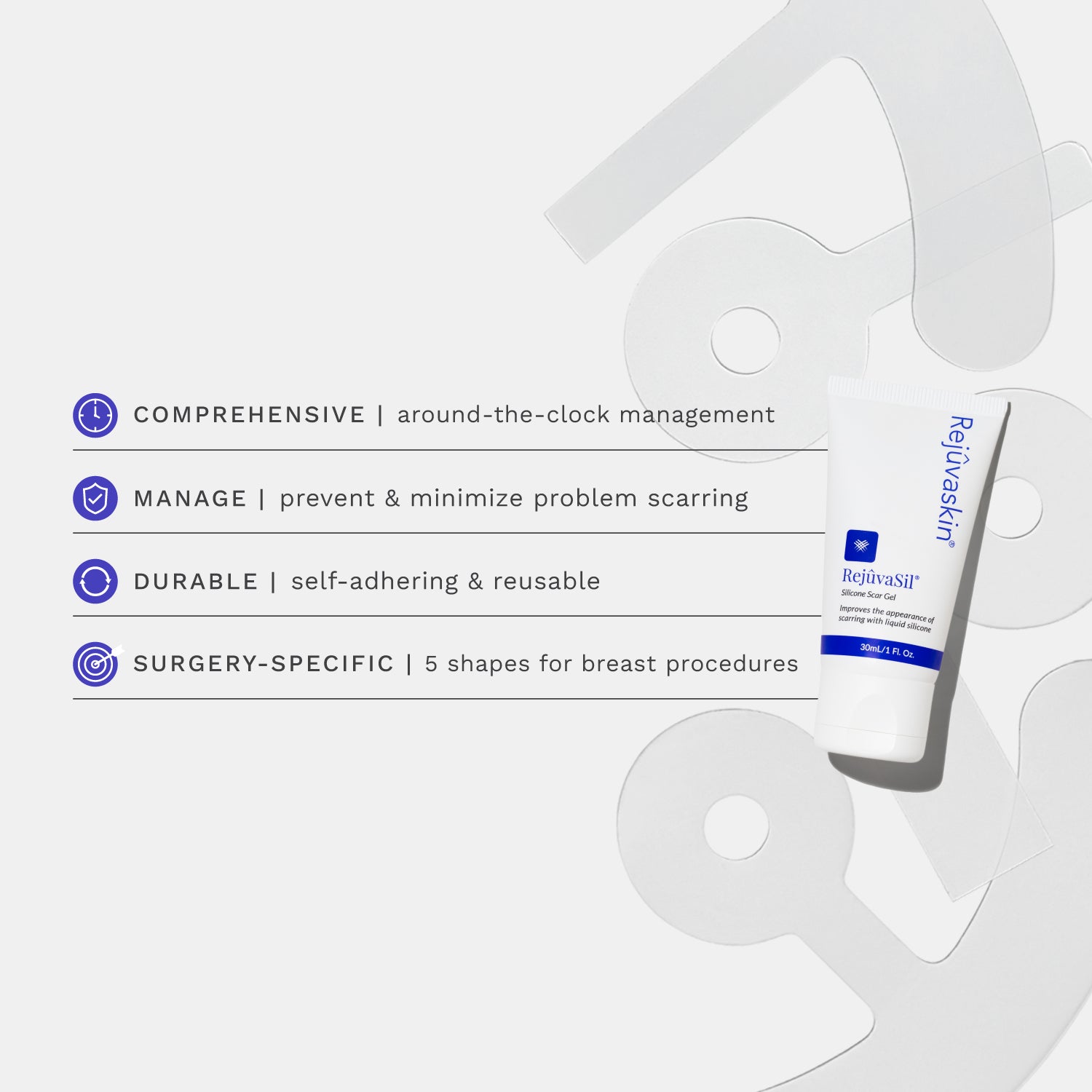
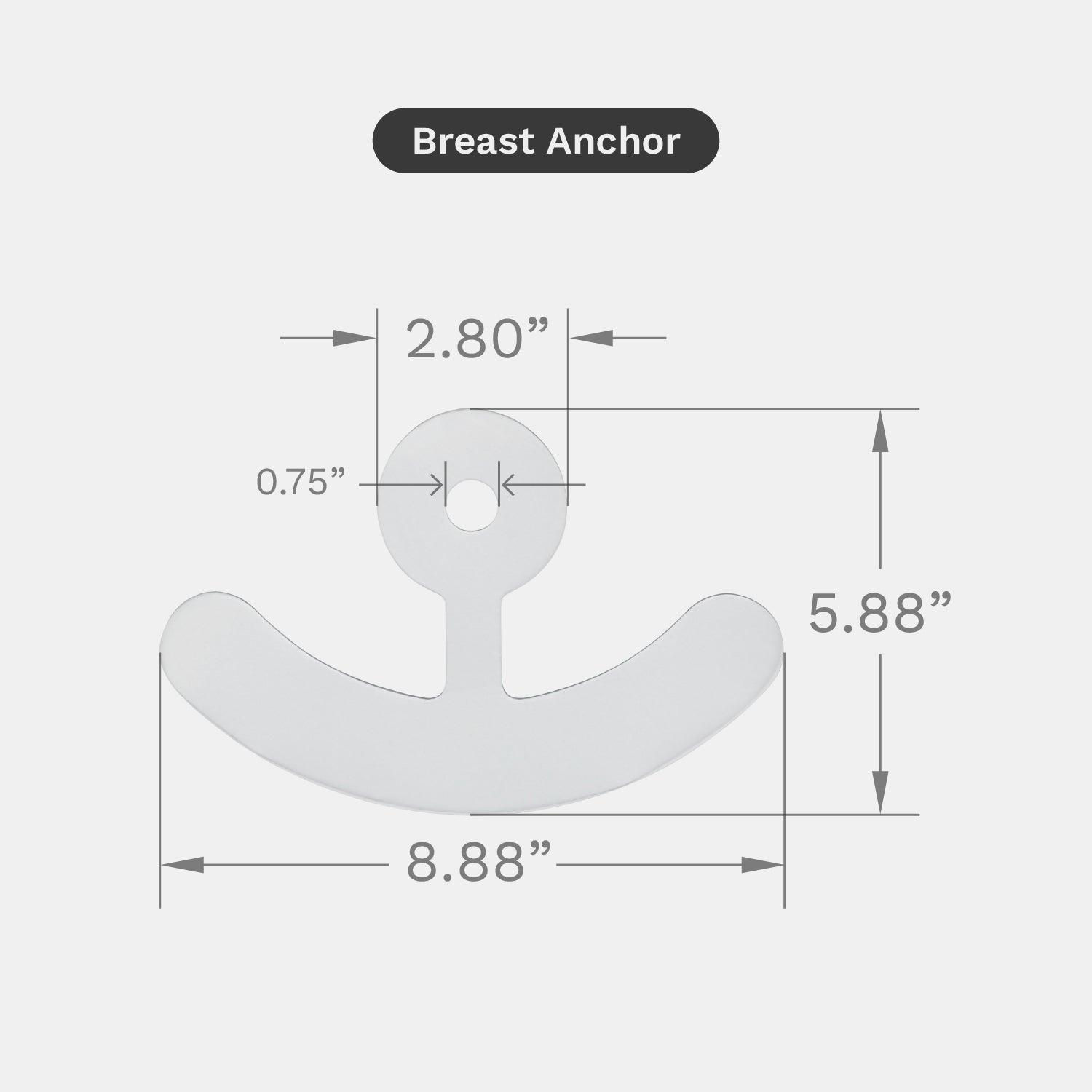
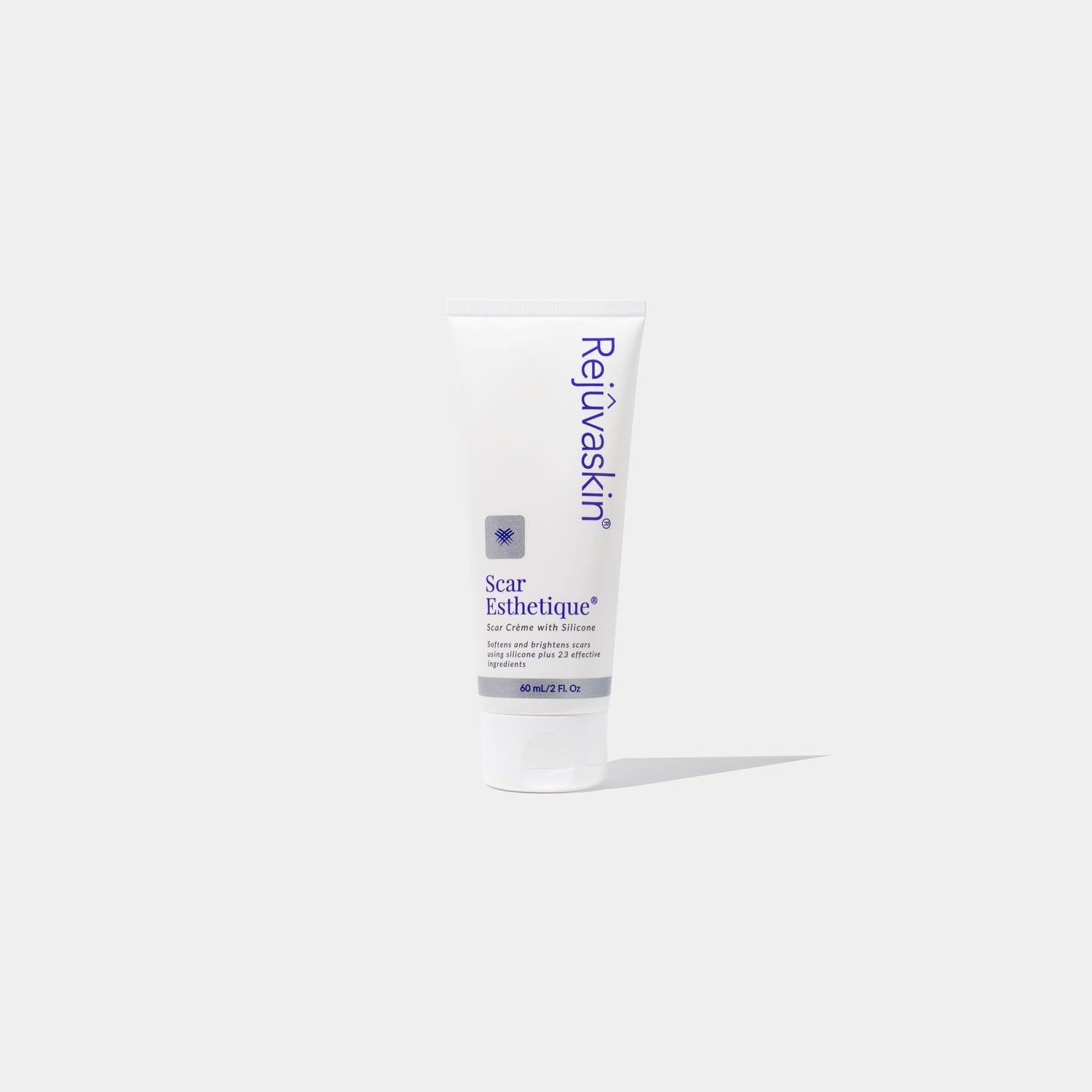
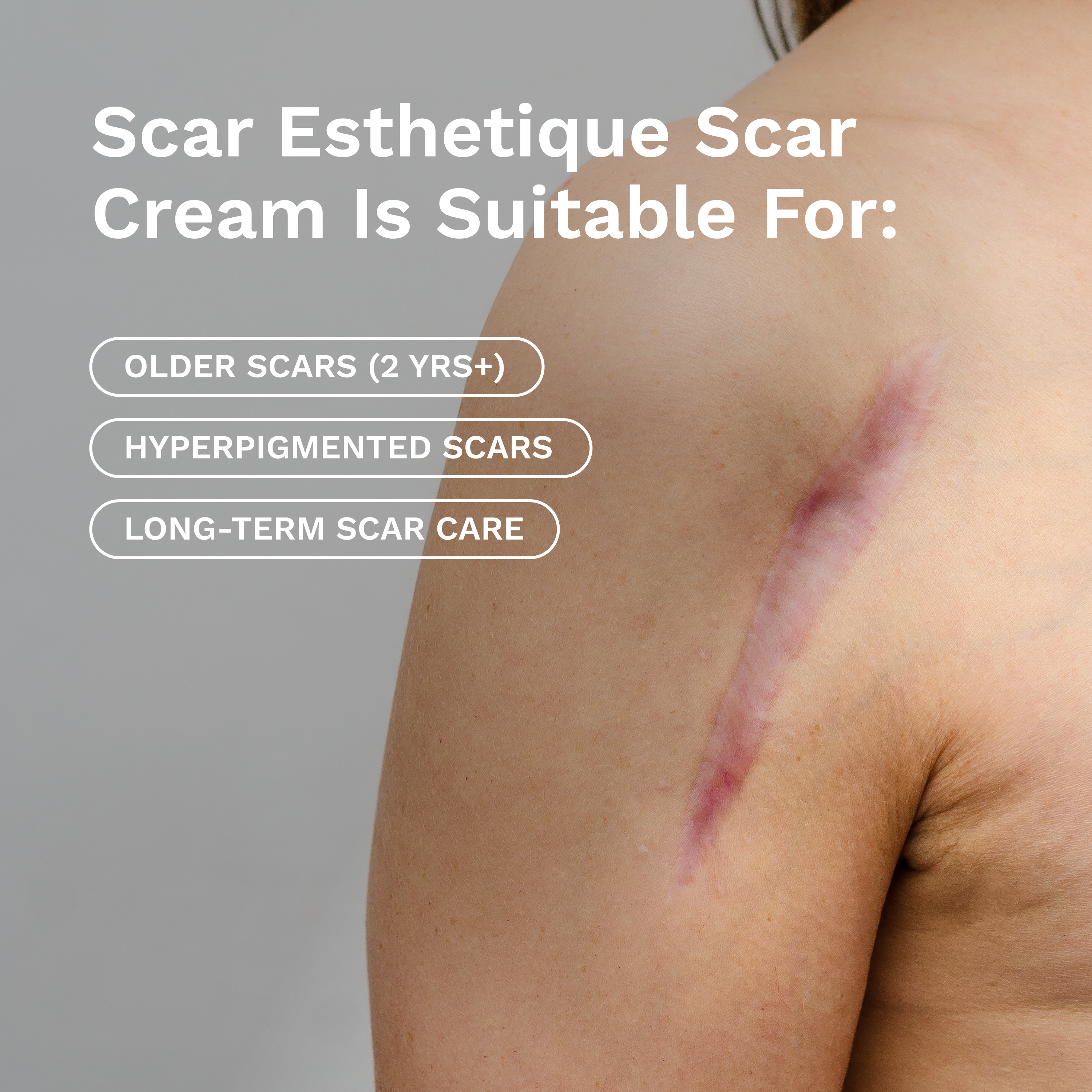








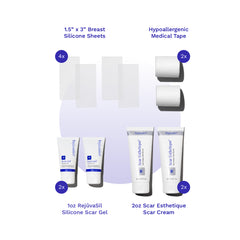
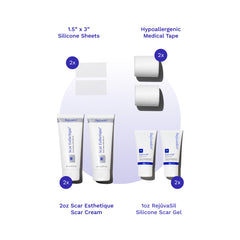

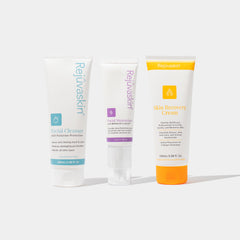

Leave a comment